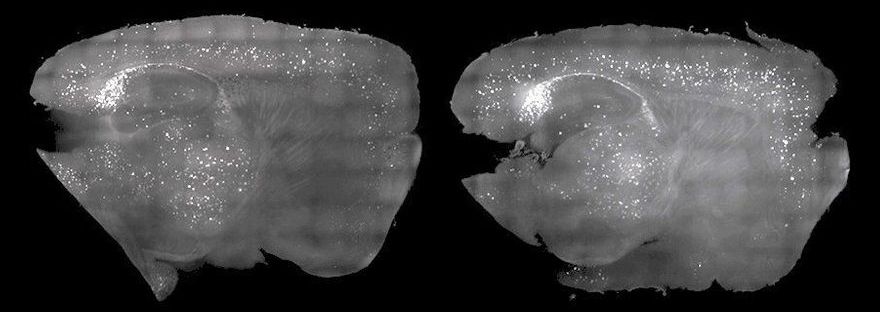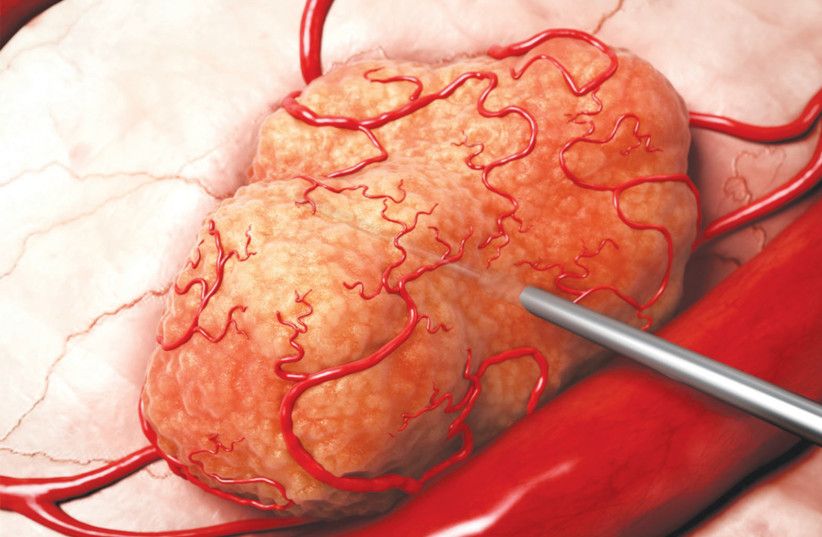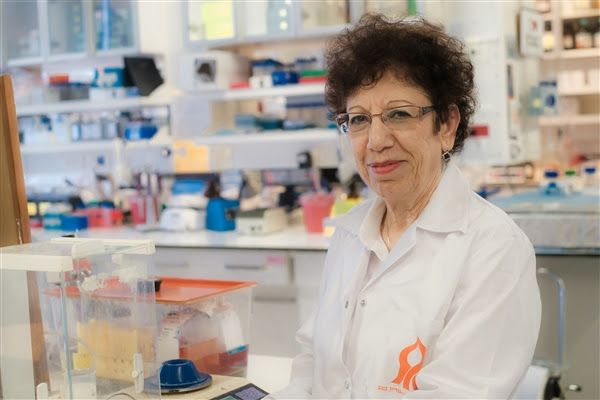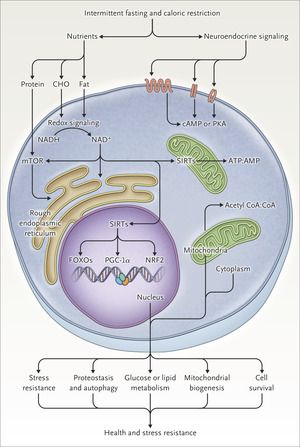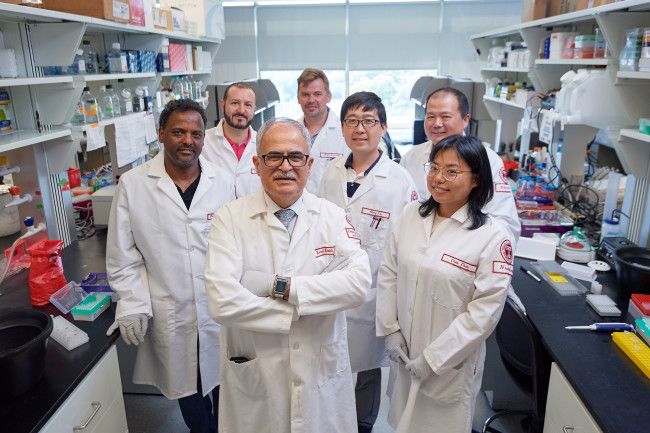Dec 28, 2019
Scientists Have ‘Cleared’ Alzheimer’s Plaque From Mice Using Only Light And Sound
Posted by Brent Ellman in categories: biotech/medical, neuroscience
Clumps of harmful proteins that interfere with brain functions have been partially cleared in mice using nothing but light and sound.
Research led by MIT earlier this year found strobe lights and a low pitched buzz can be used to recreate brain waves lost in the disease, which in turn remove plaque and improve cognitive function in mice engineered to display Alzheimer’s-like behaviour.
It’s a little like using light and sound to trigger their own brain waves to help fight the disease.
